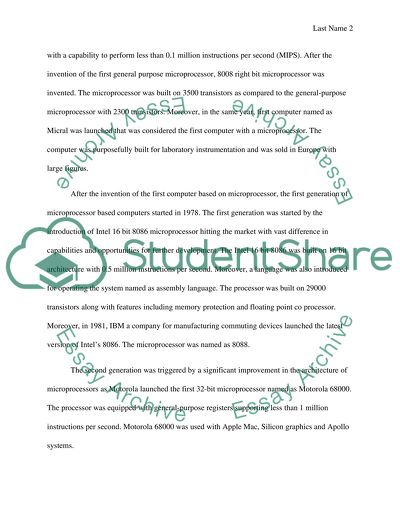Cite this document
(“Microprocessors advancement generations Research Paper”, n.d.)
Retrieved from https://studentshare.org/information-technology/1424842-microprocessors-advancement-generations
Retrieved from https://studentshare.org/information-technology/1424842-microprocessors-advancement-generations
(Microprocessors Advancement Generations Research Paper)
https://studentshare.org/information-technology/1424842-microprocessors-advancement-generations.
https://studentshare.org/information-technology/1424842-microprocessors-advancement-generations.
“Microprocessors Advancement Generations Research Paper”, n.d. https://studentshare.org/information-technology/1424842-microprocessors-advancement-generations.


